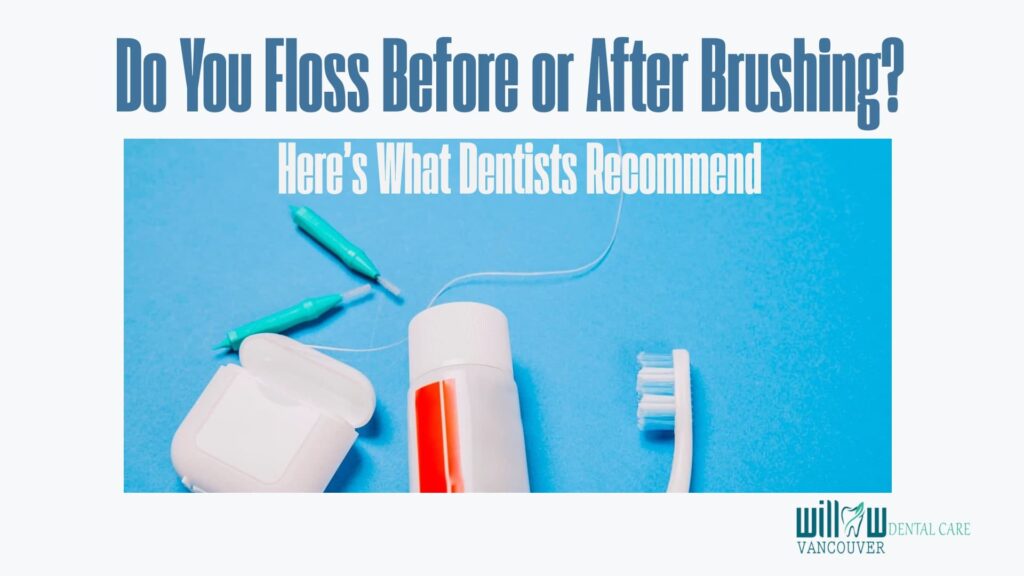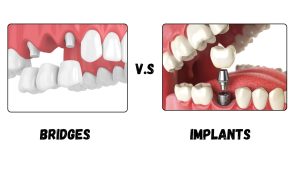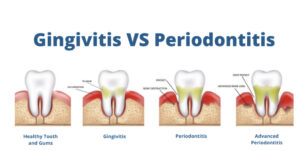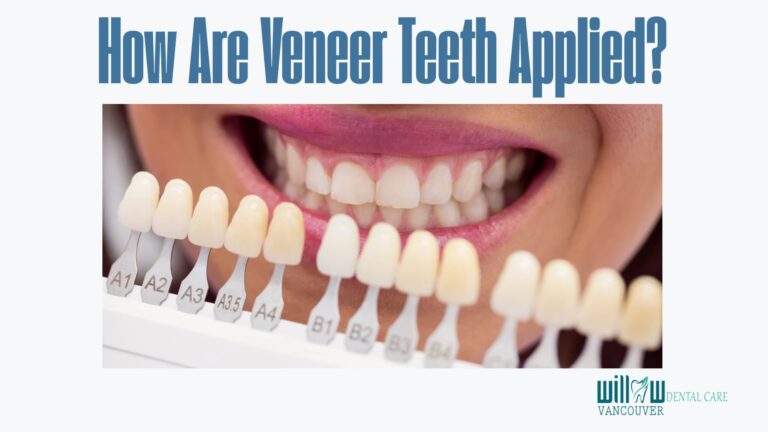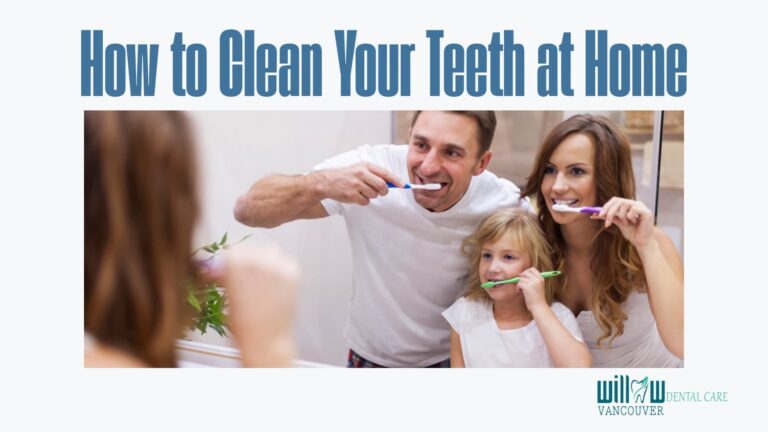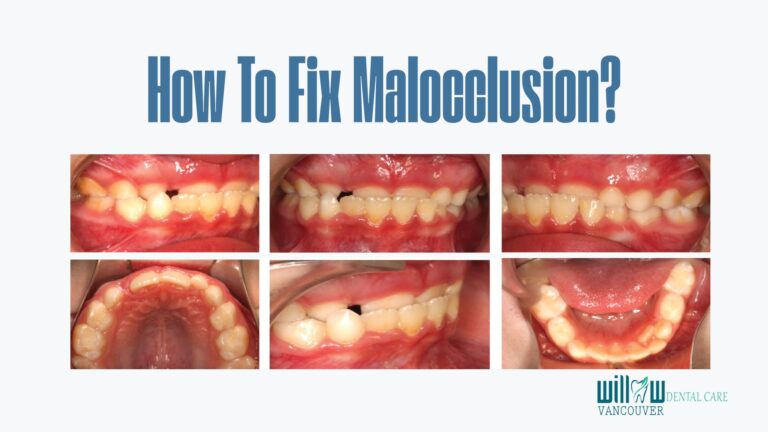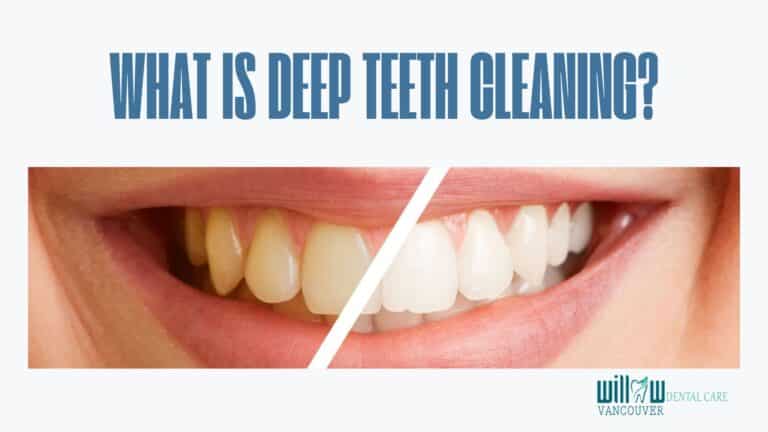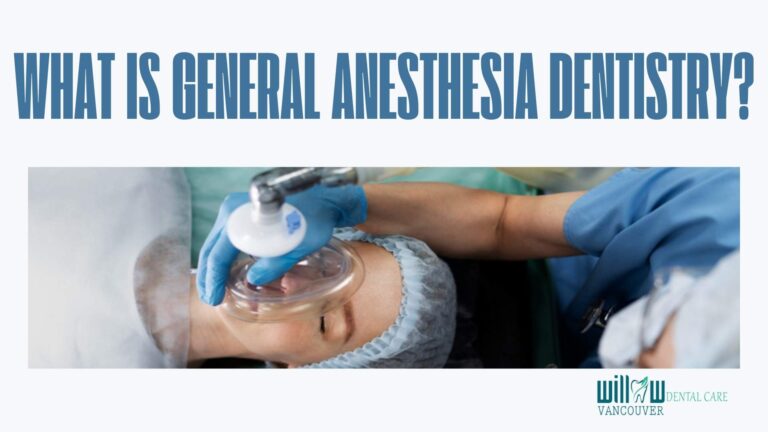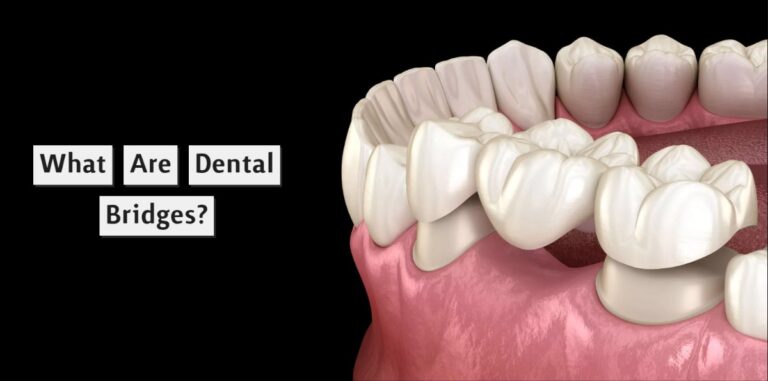Let’s Settle This Common Question
Many people wonder about the proper order of flossing and brushing. It’s a routine most of us follow every day, yet this detail is often overlooked: should you floss before or after brushing your teeth?
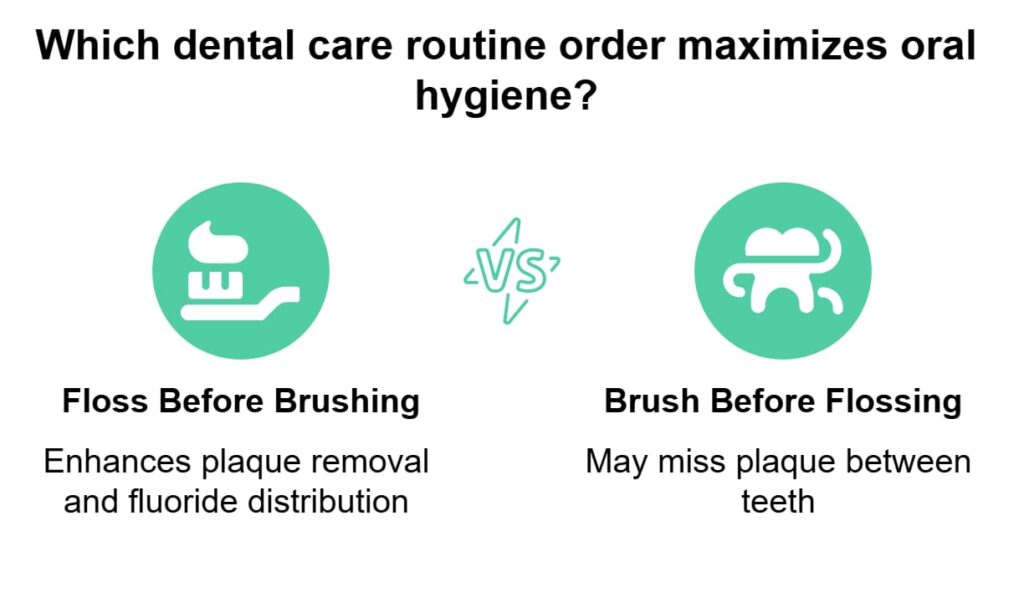
The short answer is: floss before you brush.
That’s the method most dental professionals recommend to get the most out of your daily oral care routine. If you’re already flossing regularly, simply switching the order can make your efforts even more effective.
Why the Order Matters
While it might seem like a minor detail, the order of brushing and flossing can have a real impact on how clean your mouth actually gets. Brushing and flossing work together, but doing them in the right sequence can help you remove more plaque, deliver fluoride where it’s needed most, and support long-term oral health.
Flossing first removes plaque and food particles from between your teeth — places that your toothbrush can’t always reach. Once those areas are clear, brushing can more effectively sweep away loosened debris and allow the fluoride in your toothpaste to reach those freshly cleaned surfaces. That means better cavity protection and healthier gums.
Flossing Before Brushing: The Recommended Approach
Flossing before brushing is now widely recommended based on both clinical experience and recent research. It sets the stage for a more thorough clean and improves the effectiveness of the fluoride in your toothpaste.
A study published in the Journal of Periodontology found that flossing before brushing resulted in significantly less plaque buildup compared to brushing first. By clearing out debris in advance, your toothpaste can better coat the surfaces between teeth and around the gums, giving you better protection overall.
Another advantage? Flossing first helps build a more consistent habit. Many people skip flossing when it’s saved for the end of their routine. Putting it first can make it less likely to be forgotten.

Flossing Before Brushing: The Recommended Approach
More dental professionals now advise flossing before brushing — and not without reason. This method allows you to clear out interdental spaces first so that brushing becomes more effective immediately afterward.
A 2018 study in the Journal of Periodontology found that flossing first significantly reduced plaque levels compared to brushing first. By starting with floss, you’re clearing a path for your toothbrush and giving the fluoride in your toothpaste the best chance to protect your teeth, especially in the spaces that are most vulnerable to decay.
It also helps with consistency. People who floss first tend to skip it less often. Making it the first step in your routine increases the likelihood that it won’t be forgotten or rushed at the end of the day.
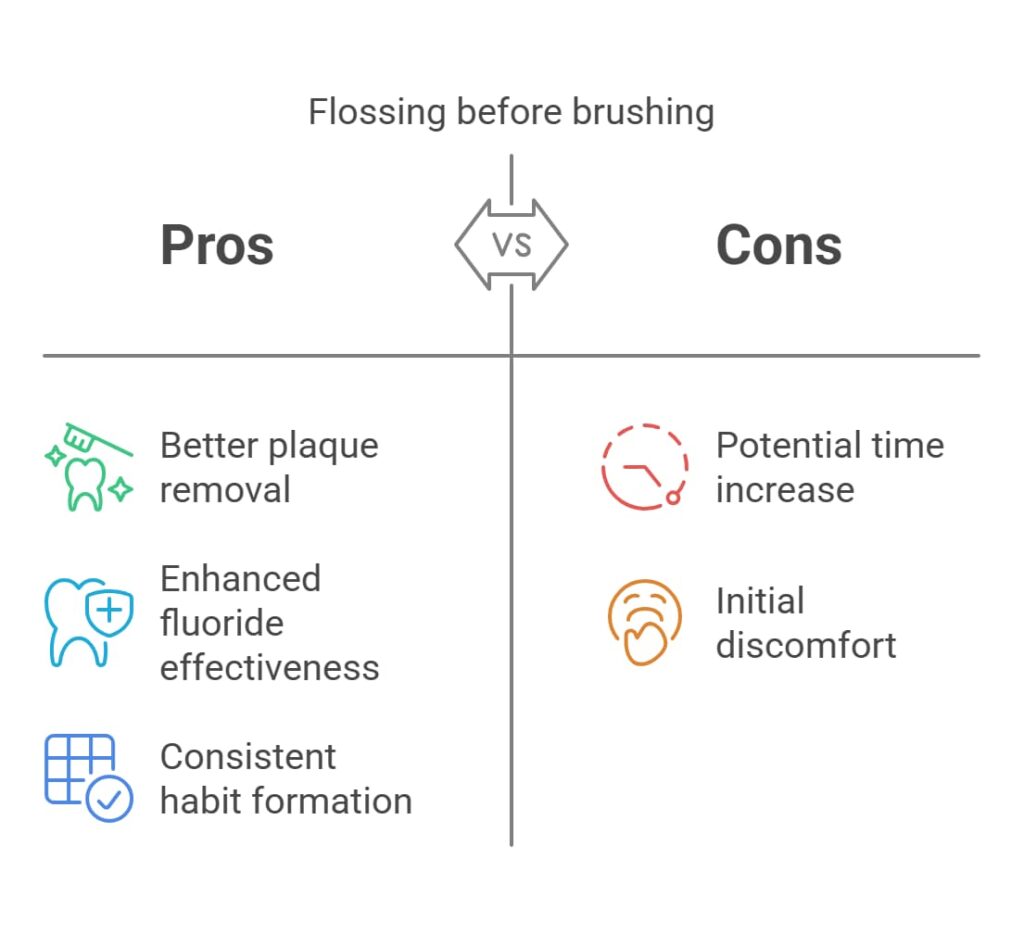
What Happens When You Brush First
Brushing first is the most common habit — and while it’s not necessarily harmful, it can be less effective. If plaque or food particles remain between your teeth after brushing, they’re left behind until your next routine. Flossing afterward doesn’t remove them as effectively, and rinsing may not flush them out completely.
There’s also the matter of fluoride. When you brush first and floss afterward, you may remove some of the fluoride that was just applied to your teeth, especially between them. Over time, these small inefficiencies can lead to buildup in areas you can’t easily reach on your own — one reason why regular dental check-ups and examinations are important for spotting and preventing early issues before they develop into more serious problems.
If Flossing Is a Challenge
It’s common for people to find flossing difficult or uncomfortable, especially at first. Whether it’s because of tight teeth, sensitive gums, or a busy schedule, there are solutions that can help you make it a more sustainable part of your routine.
Floss picks can be easier to use and more comfortable to hold than traditional floss, especially for those with limited dexterity. Water flossers are another good option, particularly for people with braces or dental restorations. These devices use a pressurized stream of water to clean between the teeth and along the gumline and can be much gentler on the gums.
Start gradually. Even flossing three or four times a week is a good place to begin. As it becomes a habit, you can build up to daily use — and the more consistent you are, the more comfortable it becomes.
The Takeaway
If you’re already brushing and flossing daily, you’re doing well — but if you want to get the most out of your routine, flossing before brushing is the better approach. It allows you to remove more plaque, helps your toothpaste work more effectively, and builds a stronger oral hygiene routine overall.
It can also help you get more out of your next dental cleaning. Even with perfect technique, there are areas your floss and toothbrush can’t fully reach — and a professional cleaning ensures your teeth and gums stay in their best shape.
Making this simple switch might not seem like a big deal, but over time, it can lead to fresher breath, healthier gums, and fewer surprises at your next appointment.
Try It Tonight
If you’ve always brushed first, try switching the order. Floss before brushing for just one week and see how it feels. Many people notice their teeth feel cleaner, their breath stays fresher, and their routine feels more complete — all from one small change.
If you’re looking for guidance on your oral care habits or it’s time for your next check-up, Willow Dental Care Vancouver is one of the best places you can go for dental care in the city whether it’s through routine advice or personalized treatment.
Frequently Asked Questions
Does the order really make a big difference?
Yes, especially if you’re flossing consistently. Flossing before brushing improves fluoride coverage and helps remove more debris.
Can I just floss whenever I remember?
You can. While the ideal routine is flossing before brushing, consistency is far more important than timing. Any flossing is better than none.
Why didn’t anyone tell me this before?
Many people weren’t taught this part of oral hygiene growing up, and habits tend to stick. Fortunately, updated research and clinical experience are helping shift the conversation.
What about water flossers?
Water flossers are an effective option for many people. If you’re using one, the same rule applies: use it before brushing for best results.
My gums bleed when I floss. Should I stop?
No. Bleeding is often a sign of inflammation due to infrequent flossing. With regular daily use, most bleeding stops within a week or two. If it persists, consult your dentist.

